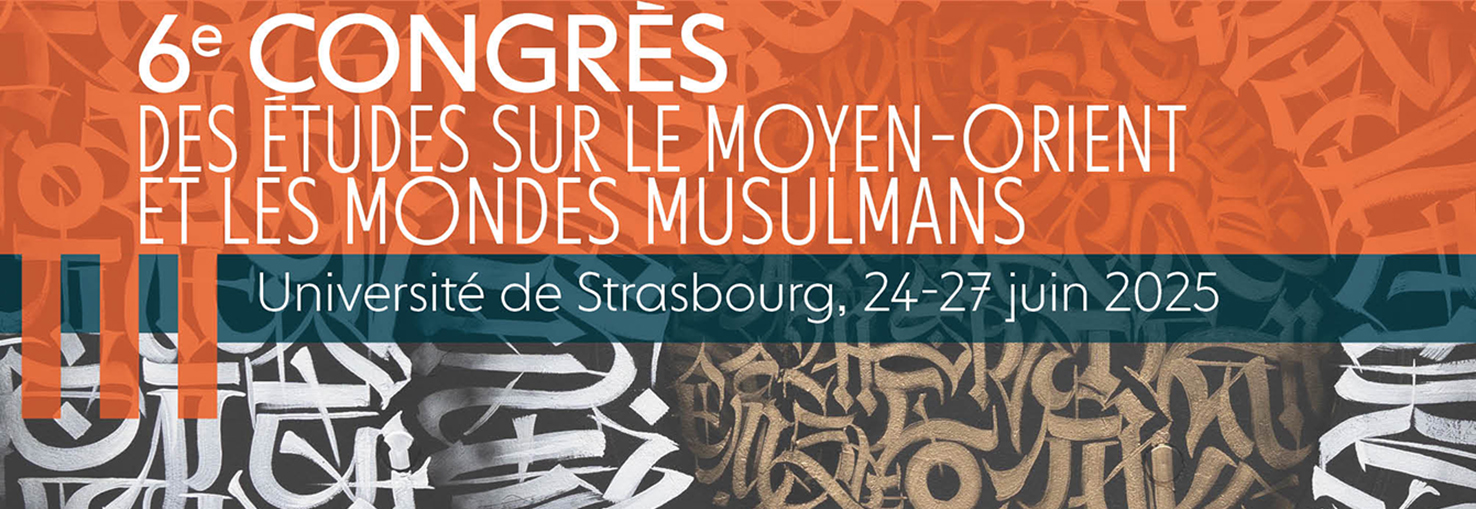Vendredi 27 juin 2025, 8h30-10h30, Salle 3R-02
RESPONSABLE ET DISCUTANT
Michaël Thevenin (IFPO)
INTERVENANTS
Anne-Marie Brisebarre (CNRS, Laboratoire d'anthropologie sociale) : Fêter l'ayd al-kabir : Enquêtes comparatives sur un rituel musulman en milieu urbain
(1986-2015)
Celebrate the ayd al-kabir: Comparative inquiries on a Muslim ritual in urban environment (1986–2015)
Soheb Niazi (Fredrich Meinecke Institute, Freie Universität, Berlin) : Bakr-Eid, Qassab Muslims and communal tensions in colonial India
Bakr-Eid, les musulmans Qassab et les tensions communautaires dans l'Inde coloniale
Alice Franck (Paris Université 1, PRODIG) et Géraldine Pinauldt : Fournir l'Arabie saoudite en moutons de l'Aïd : Comparaison des filières soudanaises et somalies
Supplying Saudi Arabia with Eid sheep: A comparison of the Sudanese and Somali supply chains
Amidou Zougouri (INSS, CNRST, Ouagadougou, Université Joseph Ki Zerbo) : Dynamique d'approvisionnement de la ville de Ouagadougou en mouton de Tabaski à l'épreuve de la crise sécuritaire
The dynamics of supplying the city of Ouagadougou with Tabaski sheep in the face of the security crisis



